Picking the right chicken coop flooring is essential for your flock’s safety, cleanliness, and comfort. Some materials are really great and easy to work with, whereas others can be quite a headache and put your flock at risk.
In this blog post, we’ll discuss key factors you need to consider when choosing the right chicken coop flooring, the 4 best (and 3 worst) chicken flooring options, plus maintenance tips for a stress-free experience.
So, let’s dive in and learn how to keep your chickens happy and healthy from the ground up!
*Disclosure: This post may contain affiliate links to products (including Amazon). I’ll earn a small commission if you make a purchase through my link, at no additional cost to you! Regardless, I only link to products that I personally use on our homestead or believe in.
What to Look For in Chicken Coop Flooring
The best flooring option for your coop depends on a few factors that are specific to your location, needs, and goals. What might be the best fit for you, might be the worst fit for someone else!
Weather Considerations
This is one of the most important things to consider. You want to make sure that your birds can stay cool if you are in a hot climate and that they can stay warm if you live in a cold climate.
If you live in a warm climate, you need to consider ventilation and materials that stay cool. From my list of the 4 best chicken coop flooring options, I would use concrete (best) or wood/plywood (good).
If you live in a cold climate, you need to consider insulation. From my list of the 4 best chicken coop flooring options, I would use plywood covered with linoleum, or rubber mats.
Ease of Cleaning
Chickens are notorious for making a mess in a hurry. Between their poop, dust, feathers, spilled feed, and the potential for any pests or rodents they attract, you’ll be sure to have a filthy coop before long.
What we’re looking for is a semi-smooth surface without cracks or crevices so that it can easily be scooped or swept clean. Better yet, something that’s water-resistant and can handle a power wash!
Pests & Predators
Chickens are sure to attract any type of predator that you have in your area! An ideal chicken flooring option is one that is solid so that no predators can burrow in.
Pests like mites and lice can also be a concern. Avoid flooring with lots of cracks or crevices such as dirt or wood/plywood that can harbor pests.
Durability
The last thing that you want to do is go through a lot of work to install flooring, only to need to replace it in a few years. The most durable options are concrete and linoleum, which will last many decades!
Cost
I know you don’t want to spend a small fortune on your chicken coop – I get it! However, you really do get what you pay for. While wood/plywood flooring is the cheapest option, spending a bit more on linoleum, rubber or concrete will save you a headache in the long run.
4 BEST Chicken Coop Flooring Options
#1: Wood or Plywood Flooring
Using wood boards or plywood flooring is a very common option inside the chicken coop. That’s because the materials are fairly inexpensive and easy to find. They are also easy to install!
While it’s not my favorite option due to the potential to harbor pests and it can be challenging to clean, it’s still a viable one as long as you know what to look out for.
One thing to note is that rodents will eagerly take residence underneath the floorboards. To avoid this, it’s recommended to construct the coop at least 1 foot off the ground.
*TIP: The important thing to ensure is that you are purchasing plywood and not OSB (strand board or chip board). While those are a cheaper option, they are not durable and absorb water like a sponge.
Pros of using wood:
- Inexpensive
- Easy to find and install
- Predator-proof, but rodents can live under the floorboards if directly on the ground
- Fair insulation in winter
Cons of using wood:
- Harder to clean (bits of bedding and poop will get stuck in the cracks)
- Can harbor pests
- May rot out if moisture is present frequently (spilled waterers)
Where to find wood:
Your local hardware or building supply store is the best place to find wood planks or plywood.
#2: Linoleum Flooring
This is my favorite option and what we personally use in our poultry palace! It’s typically laid over plywood flooring, offering all of the benefits of using wood but without any of the cons!
Adding linoleum over plywood is an added cost, but the benefits greatly outweigh it, in my opinion. I use a snow shovel to scoop it all out and it works like a breeze! Check it out here on Instagram! Plus, it’s super easy to install!
Pros of using linoleum:
- Low maintenance
- Easy to find and install
- Easy to clean and waterproof (power wash friendly!)
- Won’t harbor pests
- Good insulation in winter
- Long-lasting (protects the wood underneath)
- Predator-proof, but rodents can live under the floorboards if directly on the ground
Cons of using linoleum:
- Moderate cost (plywood + linoleum)
- Permanent (which can be a pro for some, but if you want to move it someday, you won’t be able to)
Where to find linoleum:
Your local hardware or building supply store is the best place to find linoleum (and plywood for underneath).
*TIP: Since the linoleum will be covered with chicken bedding and won’t show except for during coop cleanout day, just buy whatever is on sale!
#3: Rubber Mats
Similar to linoleum, rubber mats can be added on top of wooden plank or plywood flooring for more durability and ease of cleaning. Try to utilize large pieces (or 1 whole piece, if possible) so that there are fewer joints. Joints can get packed with bedding, and poop, and get caught on your shovel as you’re scooping it out!
The added bonus of rubber mats is that they are a bit less slippery than linoleum. However, it can be pricy!
Pros of using rubber mats:
- Low maintenance
- Easy to clean
- Won’t harbor pests
- Good insulation in winter
- Less slippery than linoleum and comfortable on the feet
- Long-lasting (protects the wood underneath)
- Predator-proof, but rodents can live under the floorboards if directly on the ground
Cons of using rubber mats:
- Expensive
- Can be hard to find
- Not waterproof unless you find a large enough mat to cover the floor in one piece
Where to find rubber mats:
You may or may not be able to find these at your local hardware or building supply store. Here are some great options to consider!
The Homesteading RD's Product Picks | |
This durable rubber stall mat is ideal for the coop! Anti-fatigue and anti-skid features provides safety, drainage and comfort for people and animals. *Make to place the textured side down to make cleaning easier. | |
These mats come in many different sizes and thicknesses so that you can get a perfect fit. These mats are also made in the US with American-sourced raw materials! | |
#4 Concrete Flooring
Concrete flooring is certainly one of the safest materials out there regarding predators. No one is digging through it, that’s for sure! The other nice thing is that it’s very easy to clean – hello pressure washing! Plus, it will last a LONG time and is super low maintenance.
Sounds too good to be true? Well, there are some negatives. Concrete is COLD and if you live in a cold climate like me (Minnesota), concrete may not be a great choice. Concrete is also fairly expensive and can be intimidating to pour compared to the methods above.
Pros of using concrete:
- Low maintenance
- Predator-proof
- Easy to clean
- Won’t harbor pests
- Long-lasting
- Keeps the coop cool in the summer
Cons of using concrete:
- Can get cold in the winter
- Expensive
- Labor-intensive to install
Where to find concrete:
Your local hardware or building supply store is the best place to find dry cement.
*To save money, try mixing up Soil-Cement!
- Step 1: mix 1 part dry cement with 3 parts soil (rock-free)
- Step 2: Pour a 4-6” slab
- Step 3: Tamp it down and mist it with water
- Step 4: Allow it to set for several days before using
3 WORST Chicken Coop Flooring Options
We’ve made it through 4 excellent choices for chicken coop flooring, but there are 3 that you should definitely avoid in the coop. Let’s break them down!
#1 Wire Flooring
While wire flooring may seem appealing in that the droppings will fall through the wire into a collection tray below, it has some risks.
First of all, would you want to stand on wire all day? Your chickens can end up with foot injuries, plus they lose the natural foraging and scratching behavior that they enjoy doing with bountiful chicken bedding.
Next, it doesn’t provide much insulation. If you live in the far South, this might be okay, but anywhere that experiences even near-freezing temperatures should avoid this style.
#2 Dirt
While this is an incredibly easy and simple flooring option, don’t be tempted! Predators can easily dig under the walls of the coop and get inside.
It’s also very hard to manage pests, and rodents, and keep clean. Plus, the dust level inside the coop can get out of control!
#3 Vinyl Flooring
Vinyl may seem like a desirable option since it’s easy to clean, however, it can be toxic to both chickens and humans. It is made from preprocessed plastic and can contain toxic phthalates, lead, cadmium, and flame retardants, among other toxic chemicals. No thanks!
Linoleum is a superior choice to vinyl because it’s made from natural and biodegradable materials like wood flour, cork dust, and linseed oil. It also lasts 20 years longer than vinyl does. Much better!
Maintenance Tips for Chicken Coop Flooring
Once your flooring is installed, then what? There are some essential steps that you want to include in your chicken chore routine to make sure that your coop stays clean and your flooring lasts as long as possible.
Chicken Coop Bedding
Adding bedding on top of the chicken coop flooring is a very important step for several reasons. First of all, the bedding will absorb any moisture and odor to limit the mess and potential ammonia build-up in the coop. It also provides cushion and insulation, which is a blessing on those cold nights!
Lastly, the chickens really enjoy scratching through it and it encourages natural behavior. By providing this activity, it can reduce boredom and other issues such as cannibalism and feather picking.
Read all about what bedding options are best in my article The 5 BEST Chicken Bedding Options!
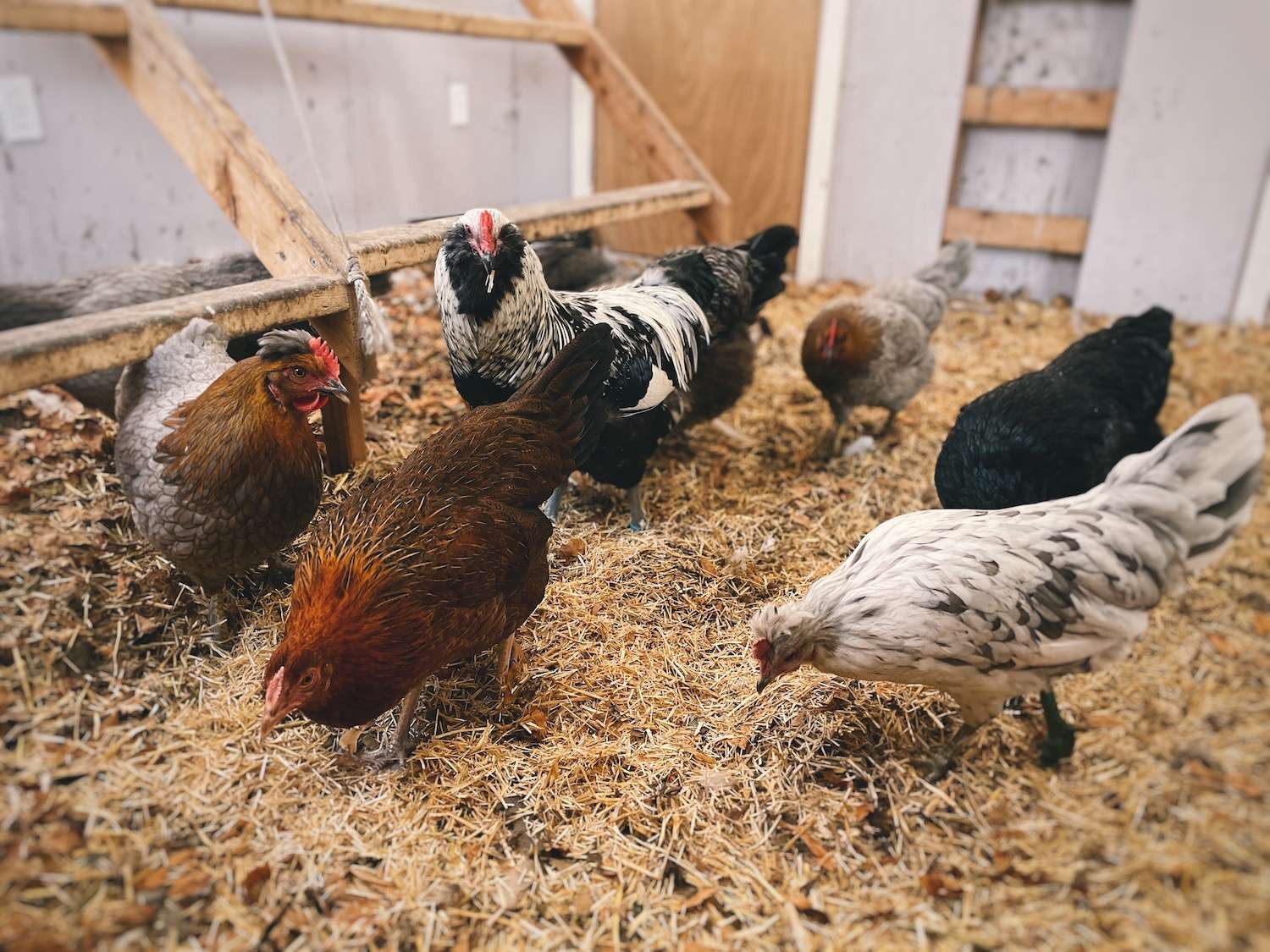
Coop Clean-Out Day
Make sure to clean the coop out and replace it with fresh bedding regularly. How often this is, depends on how often your chickens are inside the coop and how many chickens you have! For me, it’s about monthly, but I’ll often turn it over and add a fresh layer on top if needed in between full clean outs.
To make coop clean-out day a breeze, I highly recommend installing a poop chute! Check mine out here on Instagram.
Avoid Excess Moisture
Moisture is going to not only pose a health threat to your flock, but it can rapidly deteriorate the coop flooring as well. To reduce the risk of excess moisture, I highly recommend leaving ALL of the chicken waterers out in the run.
For a complete list of what I recommend keeping inside the coop, definitely check out my article Inside a Chicken Coop: 5 Required Items (and 3 to AVOID!)
Lastly, if you decide to power wash the coop, make sure to do it on a warm, sunny, and breezy day. Prop all of the windows and doors open, and consider adding a fan so that it dries out quickly!
Other Chicken Articles You’ll Love:
- The 5 BEST Chicken Bedding Options
- Inside a Chicken Coop: 5 Required Items (and 3 to AVOID!)
- Ultimate Guide to Chicken Nesting Box Size
- How to Care for Chickens: A Beginners Guide
Final Thoughts
Selecting the right flooring for your chicken coop is an essential aspect of keeping your feathered friends happy and healthy. From traditional options like wood and concrete to more modern solutions like linoleum and rubber mats, there are several flooring types to choose from!
By selecting the right flooring, you’ll create a safe and comfortable living space for your chickens that will keep them clucking and laying those eggs for years to come!
Are you a first-time chicken keeper? Or maybe you don’t even have chickens yet? Definitely check out my ultimate resource How to Care for Chickens: A Beginners Guide.
*Information in this article was referenced from personal experience and/or from my favorite chicken book Storey’s Guide to Raising Chickens unless otherwise noted.
The Homesteading RD's Product Picks: | |
This is THE chicken book to have! I've had my copy since the beginning and it's the one that I keep going back to time after time. It provides everything you need to know from coop design, hatching chicks, layer nutrition, and much more! | |

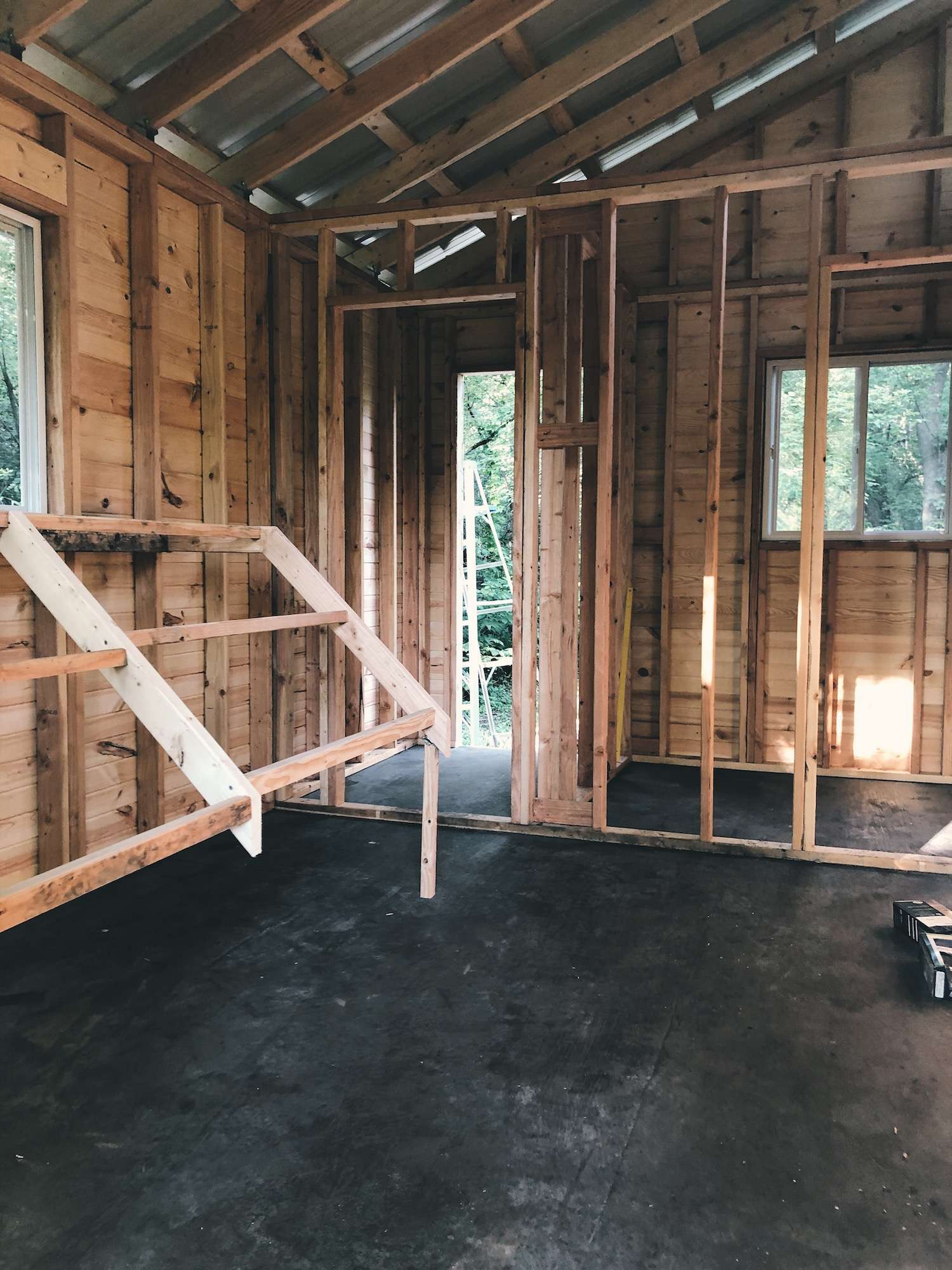
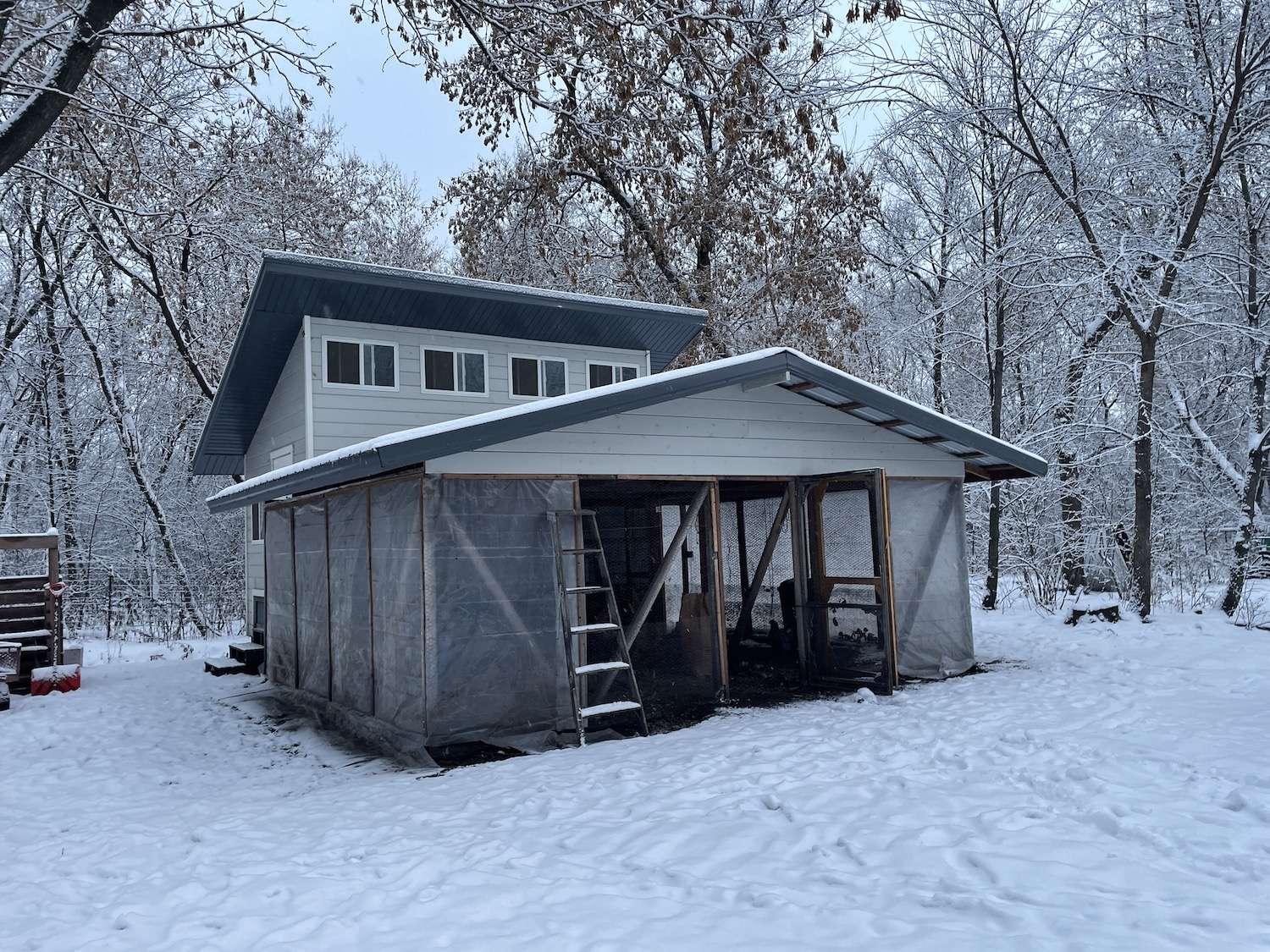
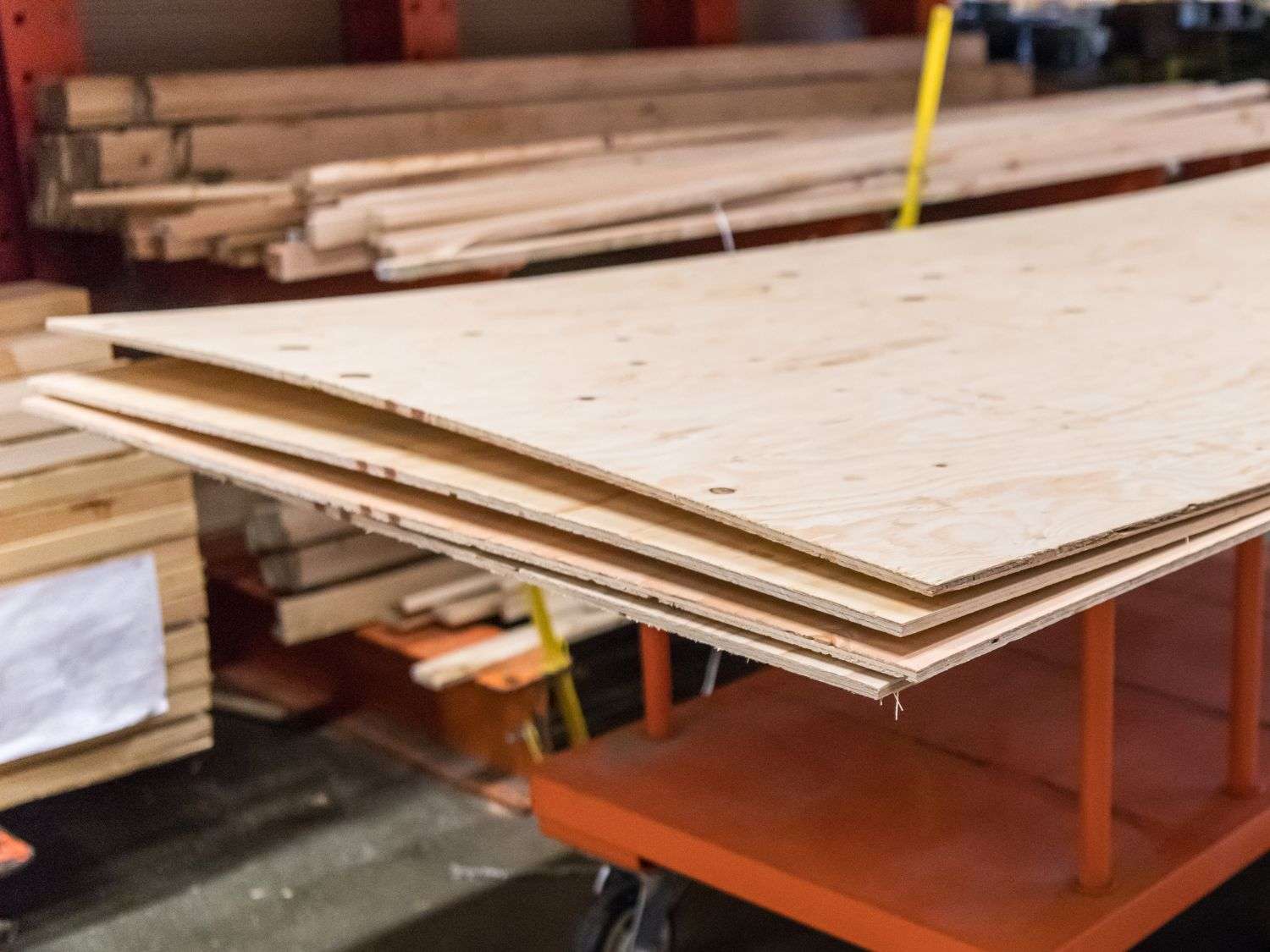
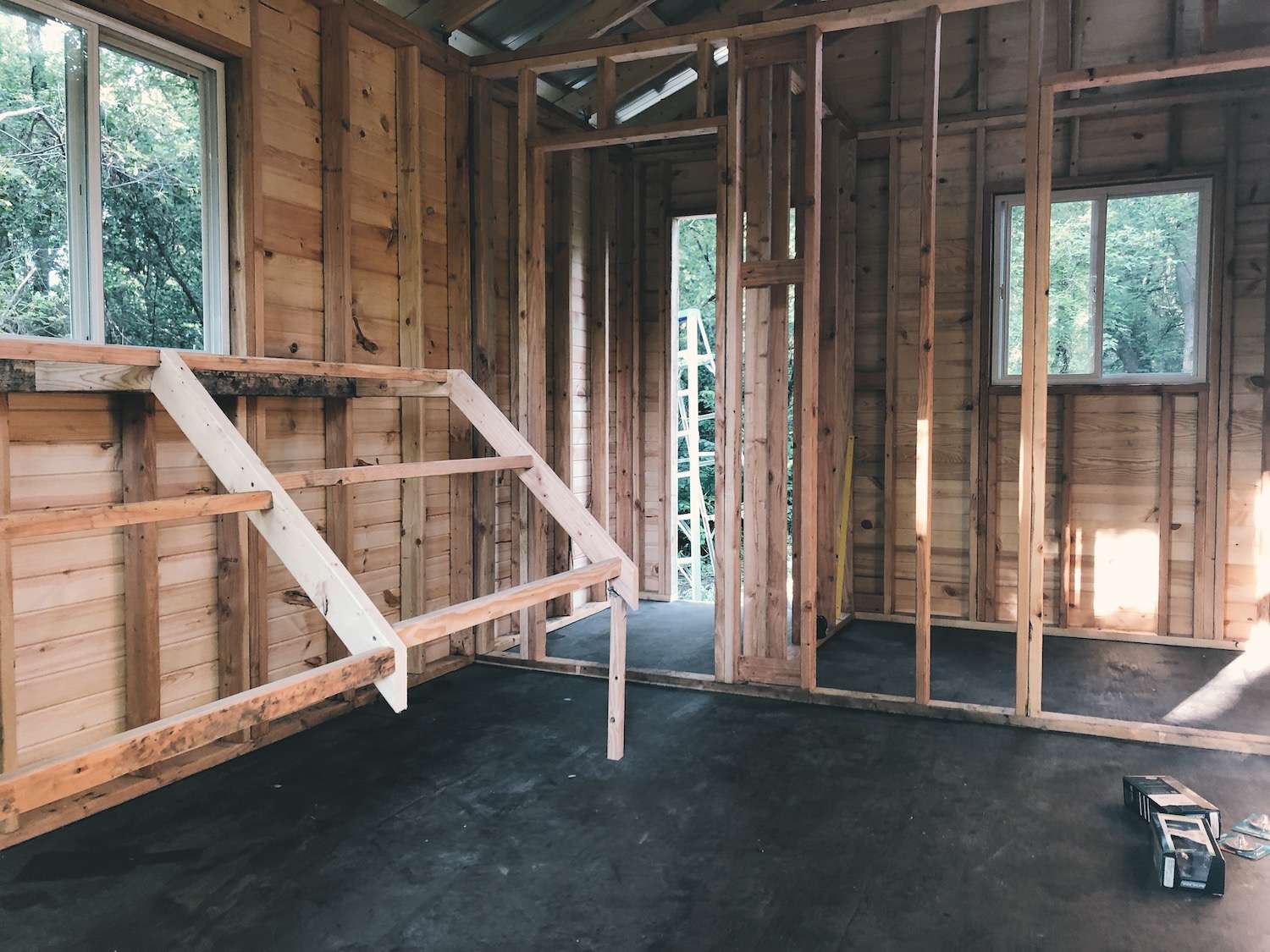
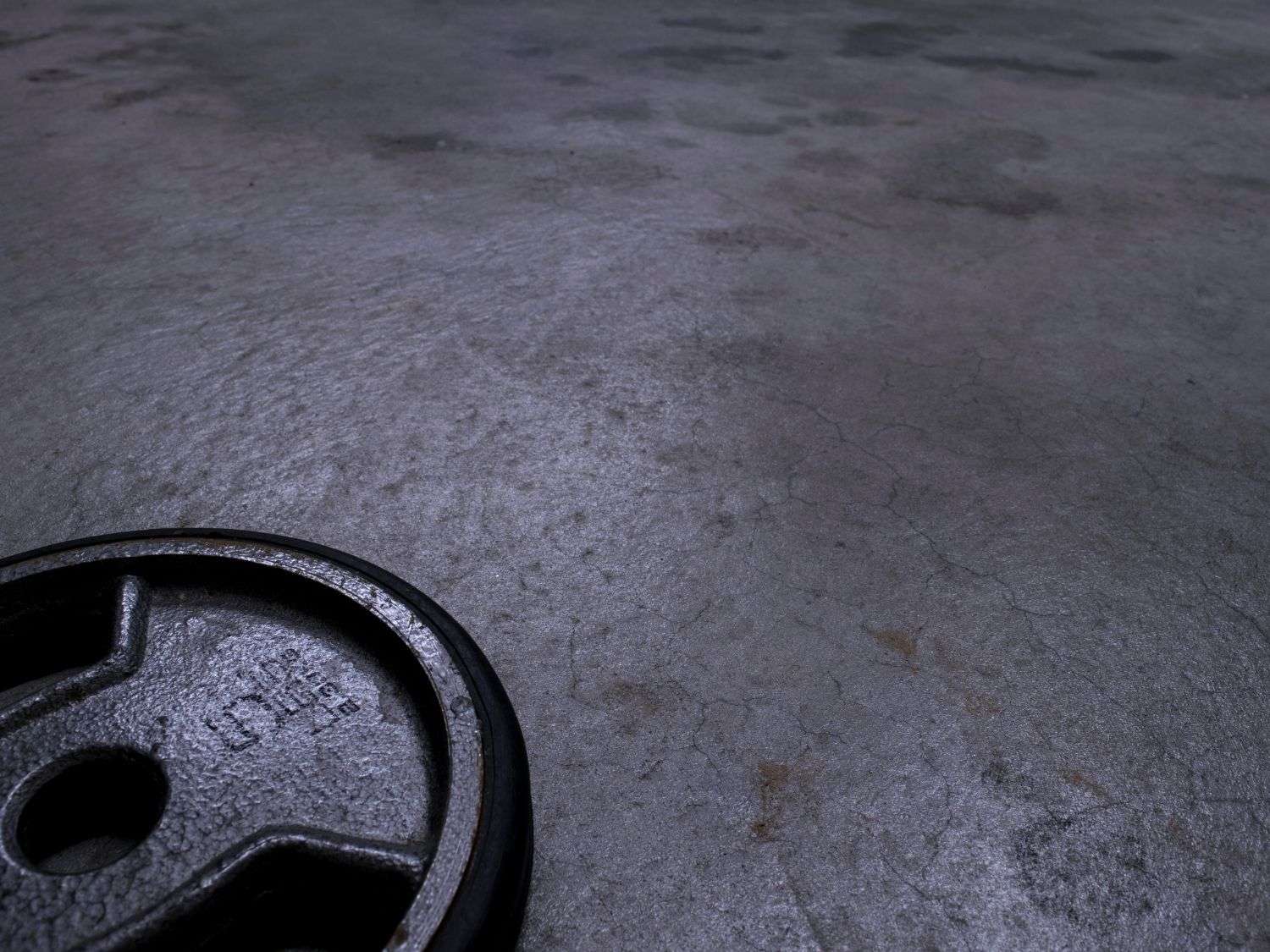


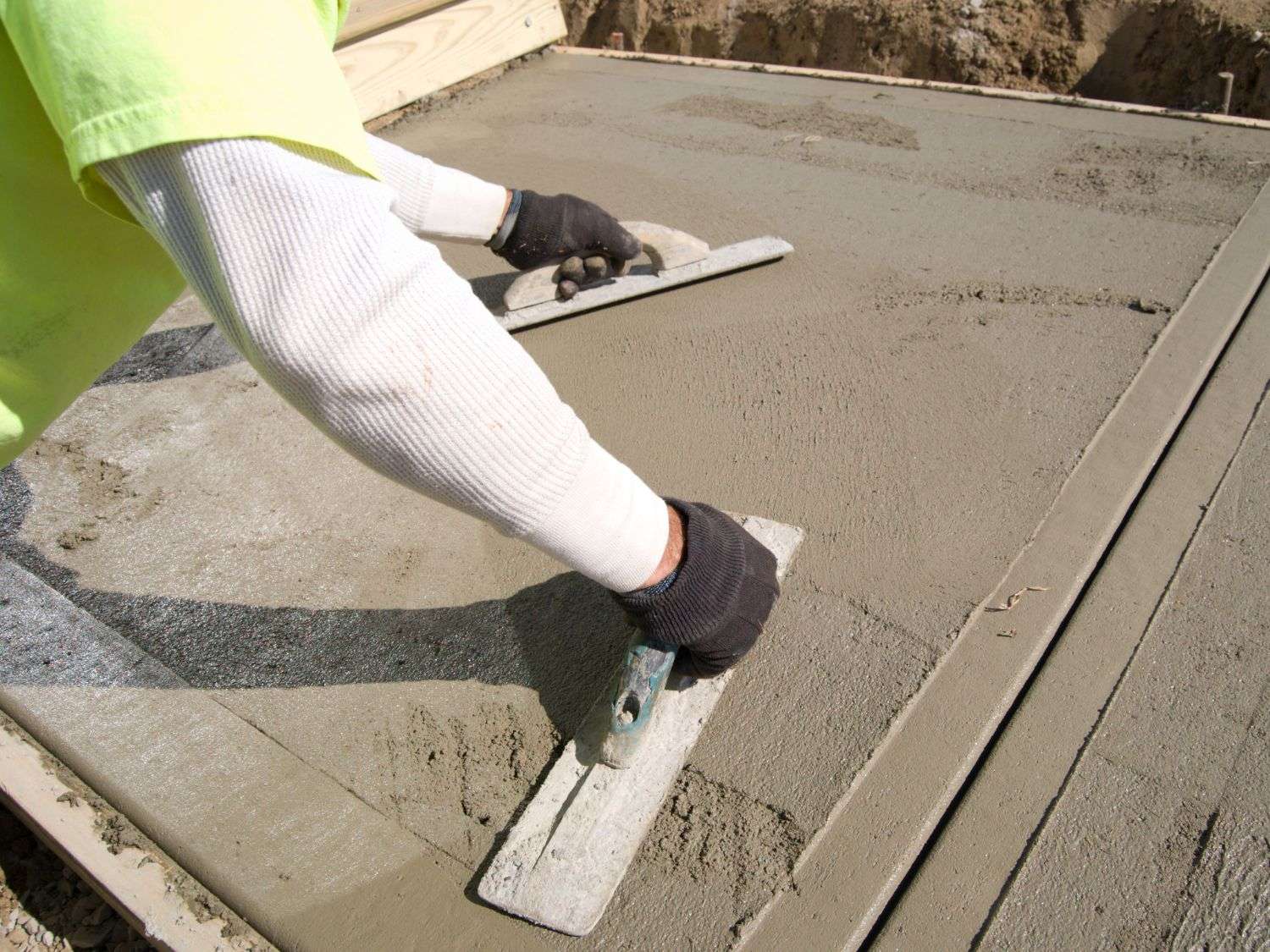
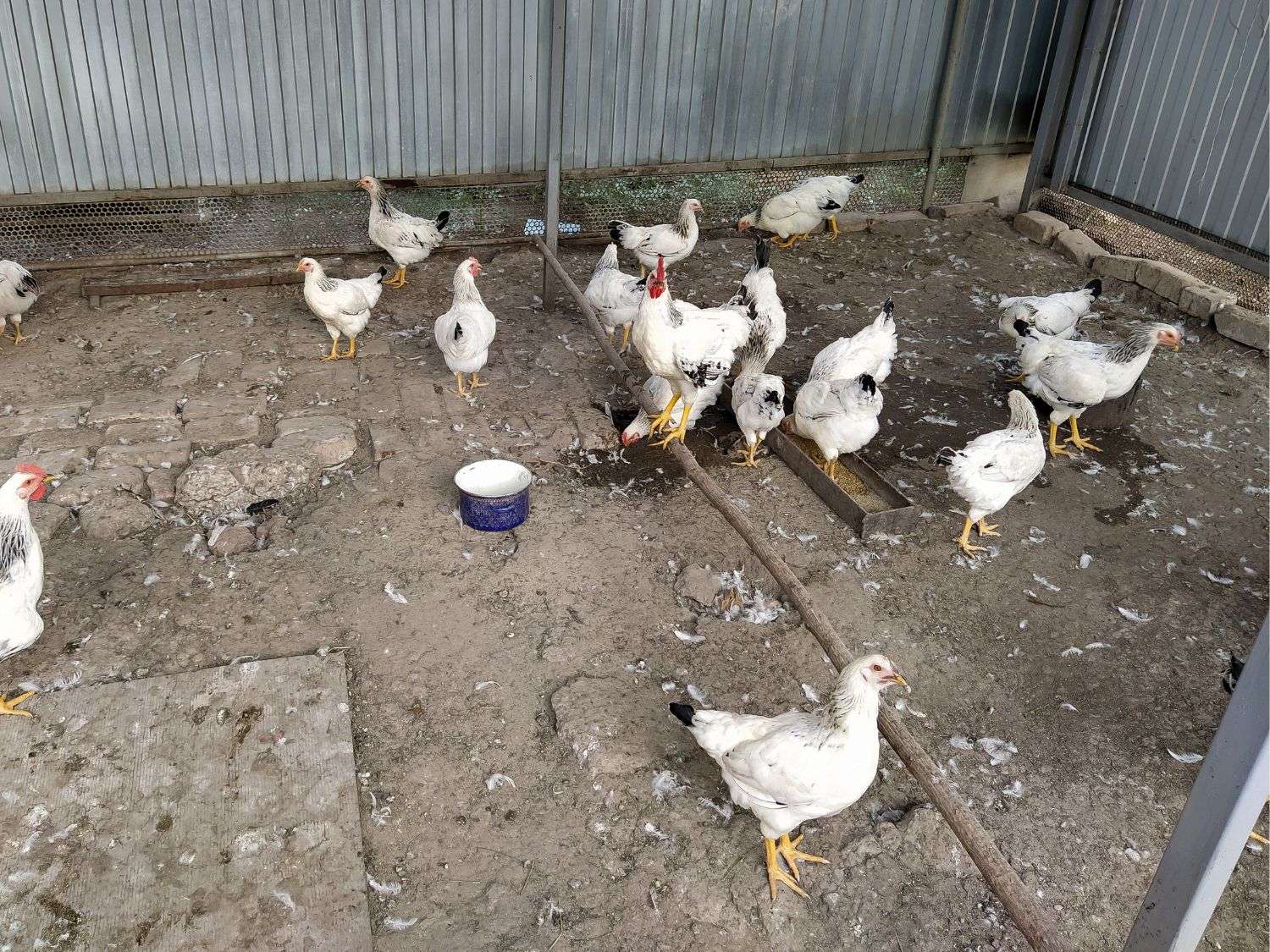
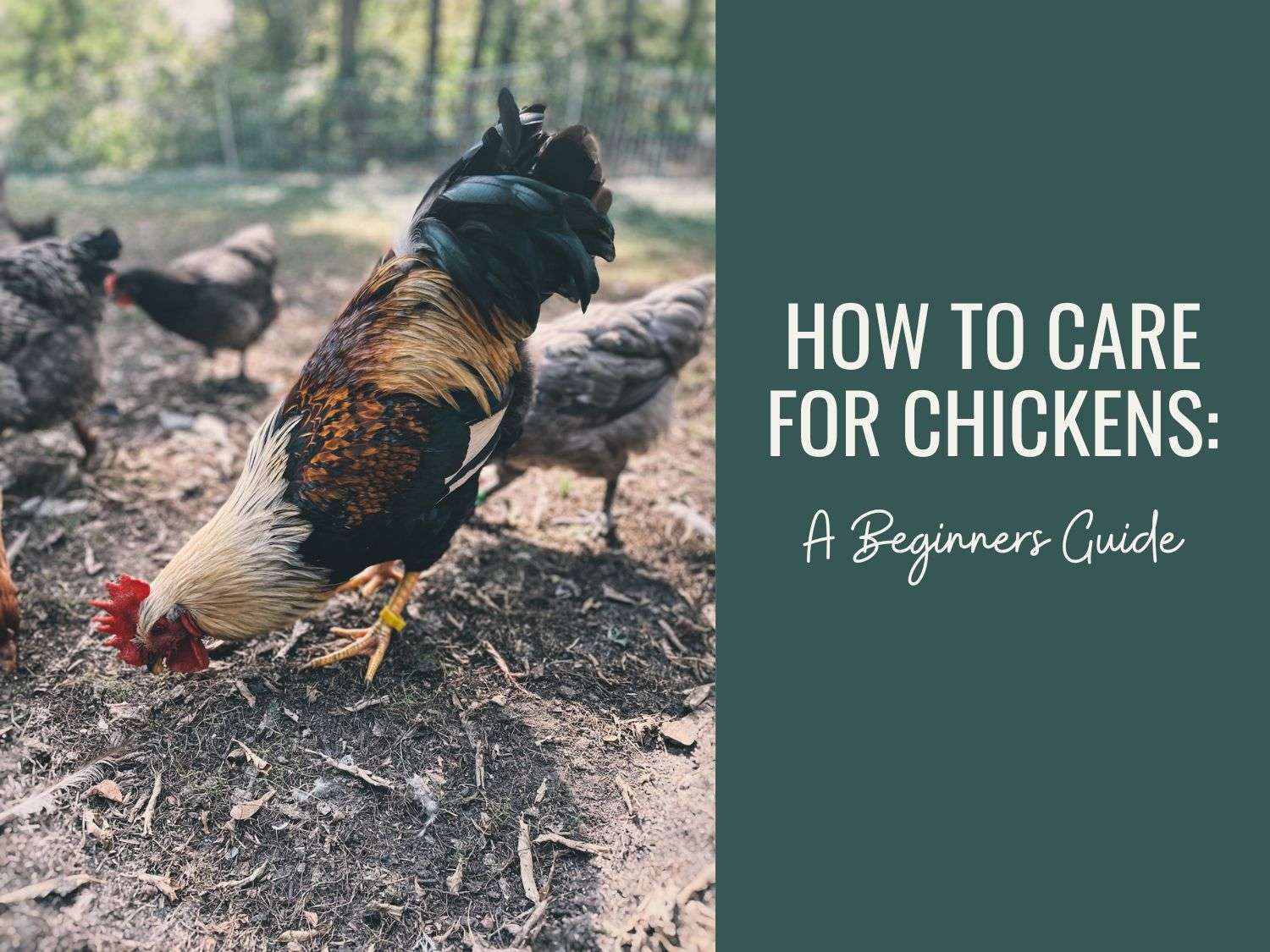



Thank you for this wonderful guide on chicken coop flooring. I found it very useful and easy to follow. I have some chickens that I’m planning to move to a new coop soon and I was wondering what to use for the flooring. Your article helped me decide on some good options, such as concrete or rubber mats. I hope they will keep my chickens safe and comfortable.
You’re welcome and I’m so glad to hear that you found it useful.